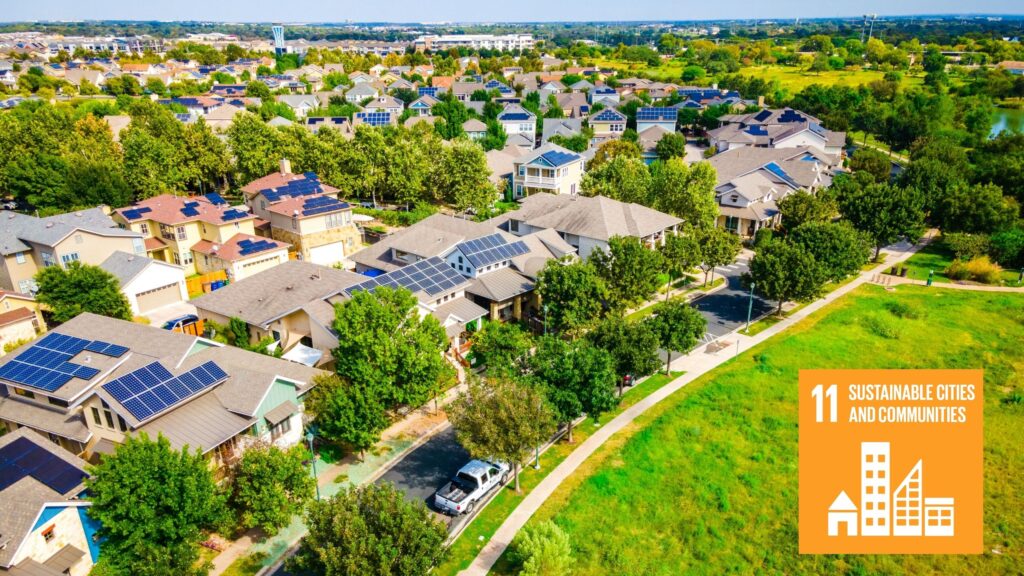Dear Mankind and most favoured of my children
You will recall my earliest blogs ( mother Earth blogs ) welcomed the Global initiative to develop the Sustainable Development Goals ( SDGs) to help create a safer and fairer world and I was happy that mankind had at last understood the need to live more sustainably and harmoniously with other living things on this, our only, home. Some good progress was starting to be being made in some areas but sadly most of this encouraging activity was brought to an abrupt halt or in some cases, even reversed by the COVID 19 Pandemic.
This blog on SDG 12 – Responsible consumption and Production is the next in a series of updates to review the effects of the COVID 19 Pandemic on the aspirations and targets of each of the original 17 SDGS and to look ahead to the prospects in each sector.
Growing global population combined with unsustainable use of natural resources is having a devastating impact on the Planet and propelling climate change, destroying nature and raising pollution levels. Around 14% of the world’s food is lost along supply lines chains before reaching the retail level. One million plastic drinking bottles are purchased every minute and 5 trillion single use plastic bags are thrown away each year . Each person generates 7.3kg of e waste but only 1.7kg of it ever gets recycled . As a result of such activities the global material footprint increased by 70% between 2000 and 2007.
Globally, domestic material consumption per capita (the total amount of material directly used by any country) rose by more than 40% from 2000 to 2007. Whereas the rise in industrialised countries was due largely to increased consumption, the rise in developing countries was mostly due to industrialisation. There is some evidence of a positive trend in development of activities and strategies. By 2020, the richest countries and the European union reported a total of 700 policies and implementation activities under the framework of programs for sustainable consumption and production. However, only 50 policies and implementation activities were reported in sub-Saharan Africa compared with the 374 in Europe and North America so more support needs to be given to the developing world. The Covid recovery strategy provides a window of opportunity to design and build sustainable and reliable economies and societies in all countries around the world.
The disposal of e-waste causing poisonous chemicals to be released into the soil and water remains a major problem and also results in significant loss of scarce and valuable raw materials such as gold, platinum ,cobalt and rare earth elements. E waste quantity is expected to grow annually but the processing capacity to recycle e waste is not increasing at the same rate. This is most unfortunate, because as much as 7% of the global gold might be contained in e-waste which we throw away.
Fossil fuel subsidies were expected to decline but despite a very small reduction ( mainly due to covid effects) they still amounted to $432 million in 2020
Mother Earth
Sources : The Sustainable Development Goals Reports 2019 -2021 , United nations, New York


